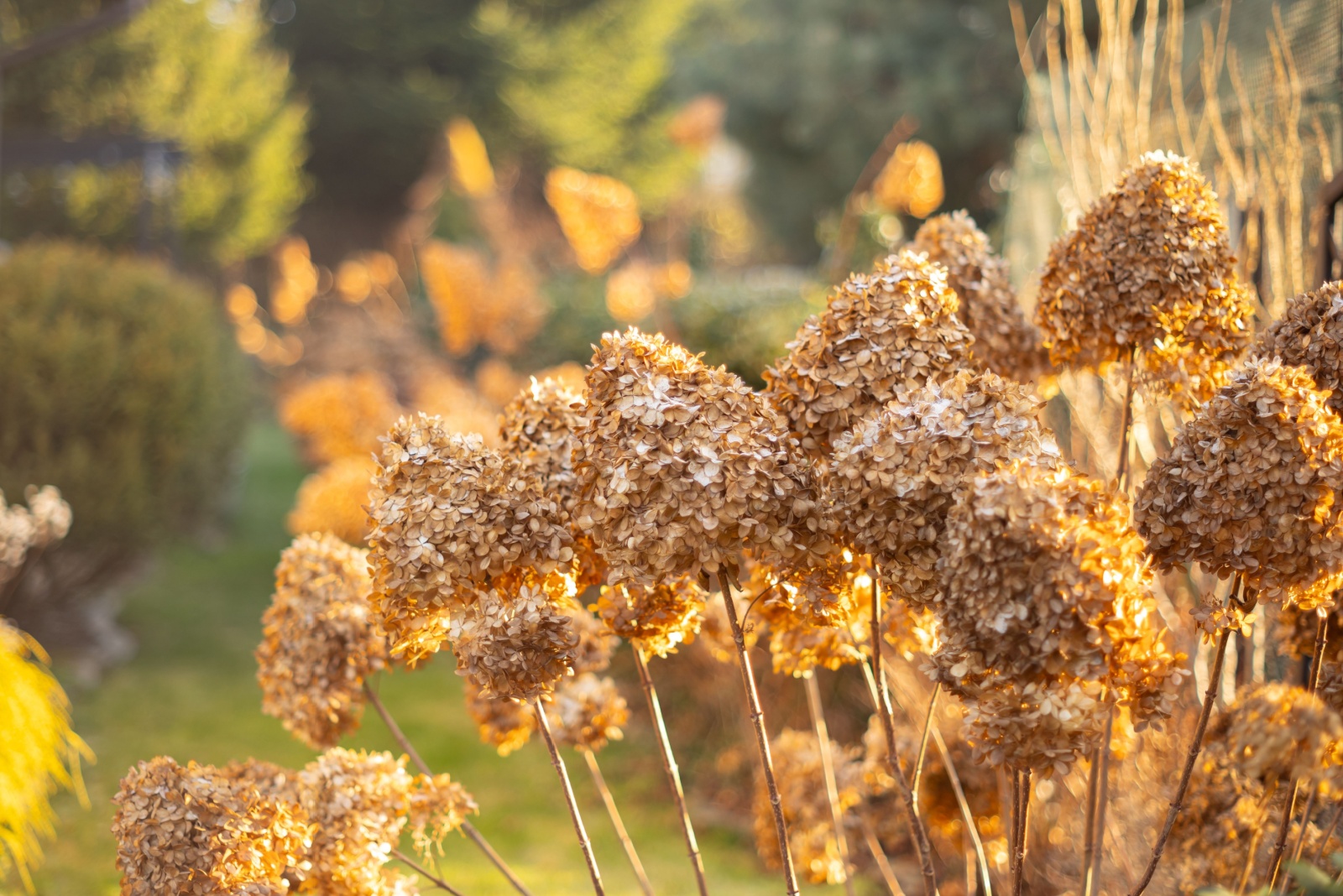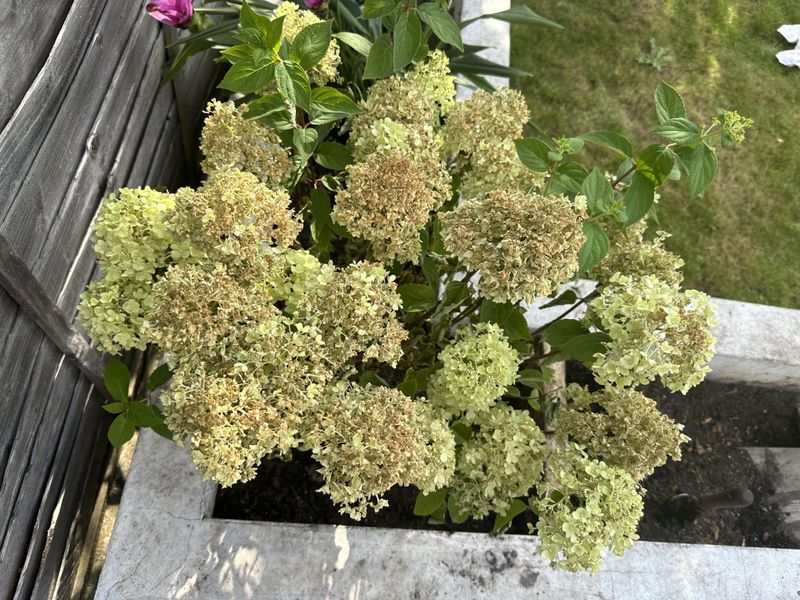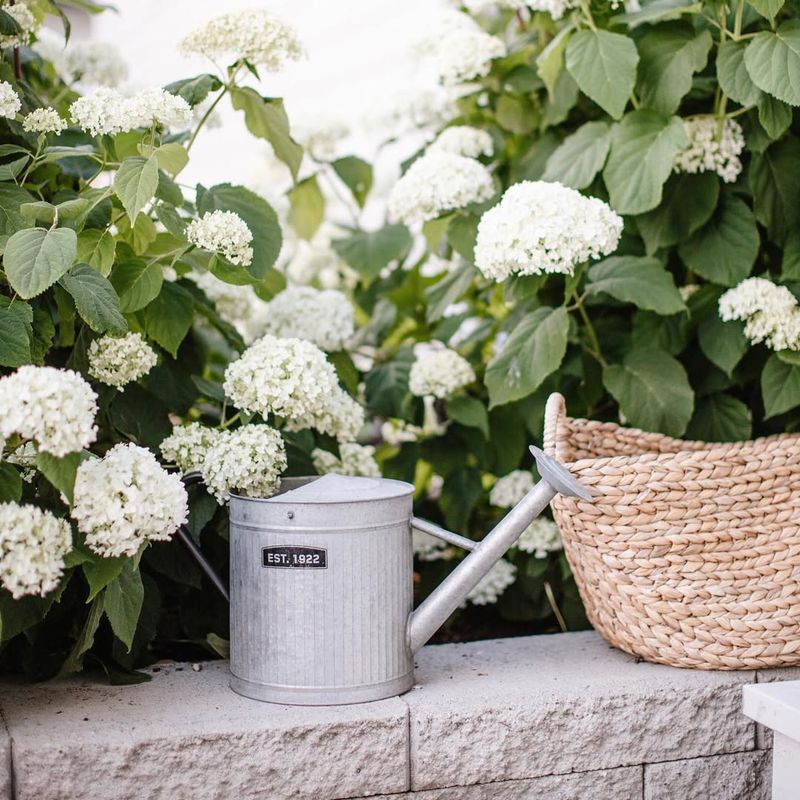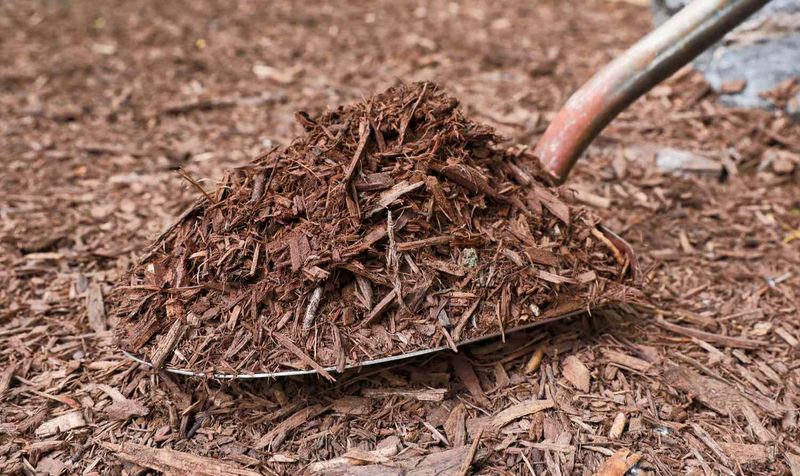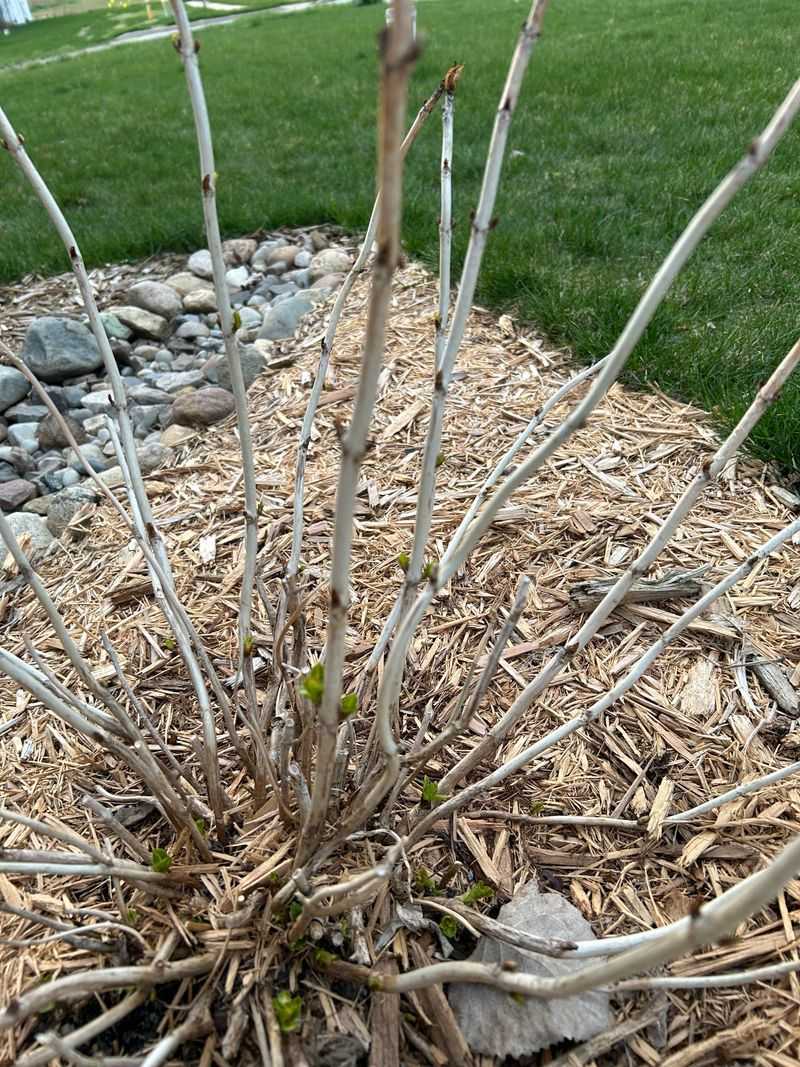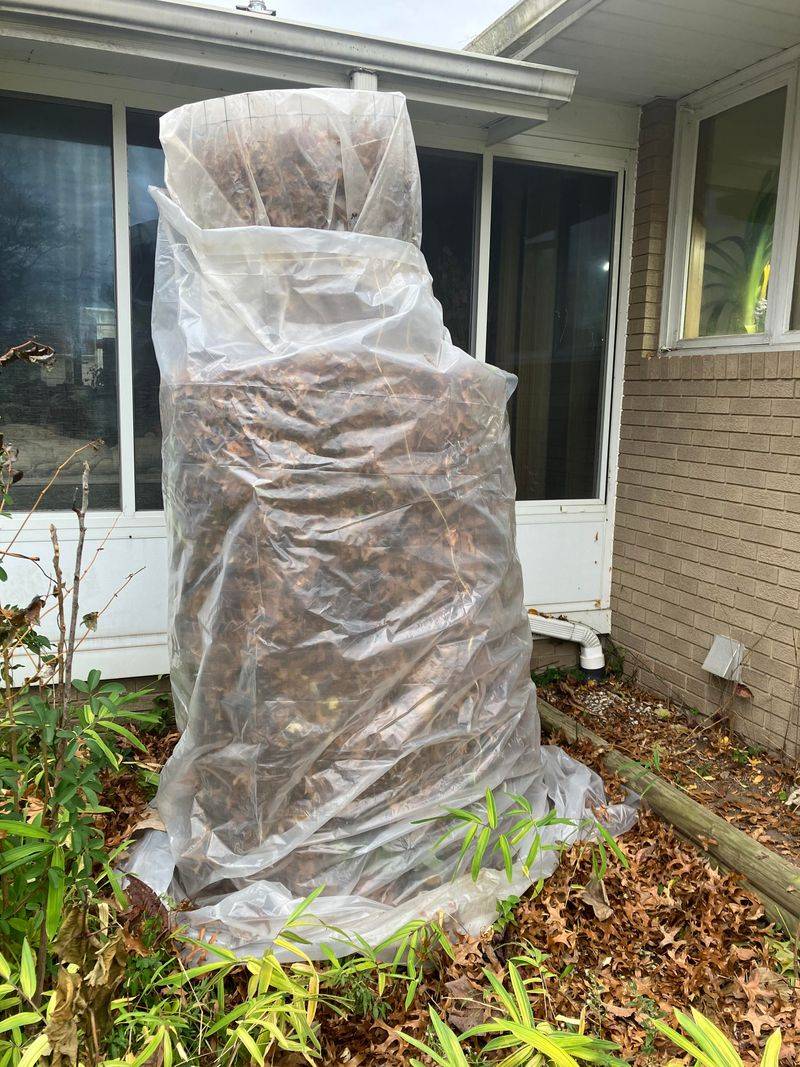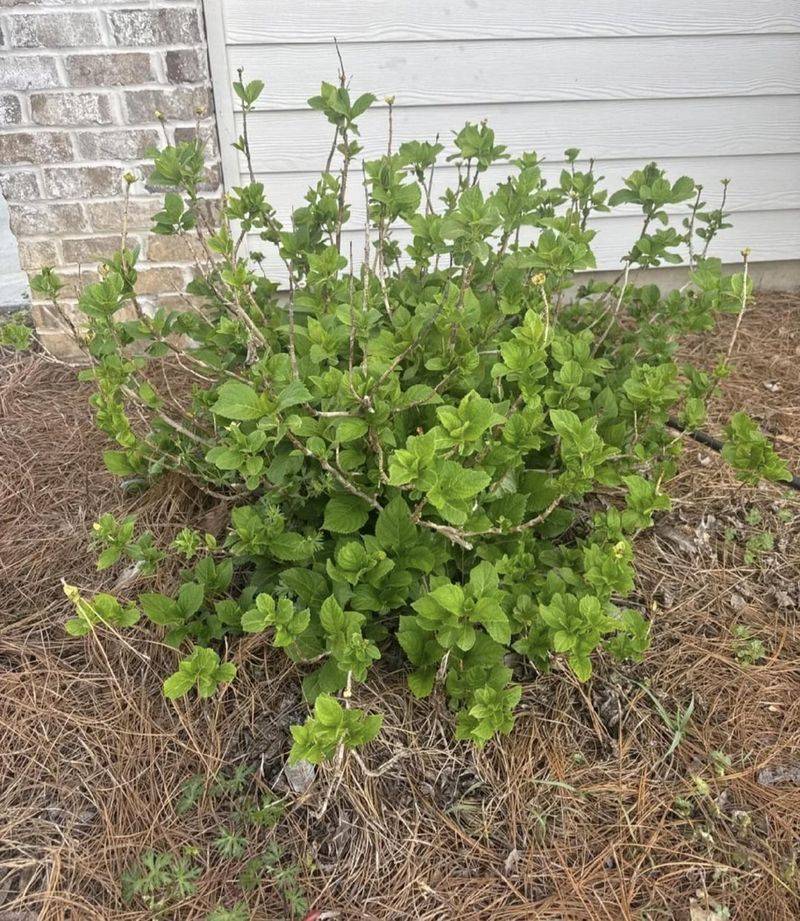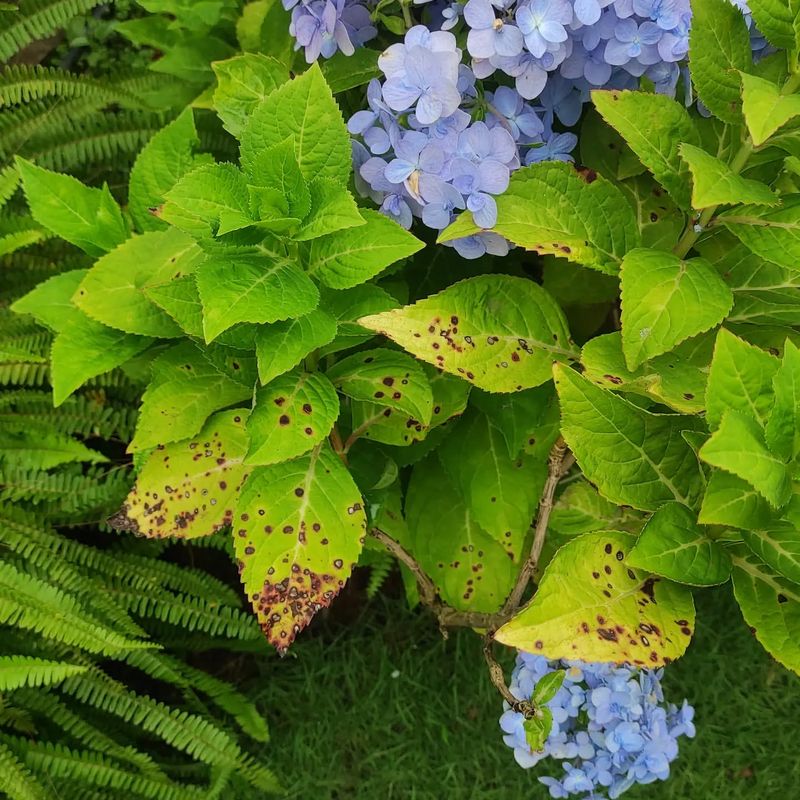October brings cooler weather to New Jersey, and your hydrangeas need special attention before winter arrives. Taking care of these beautiful flowering shrubs now will help them survive the cold months ahead and bloom even better next spring.
Missing these important tasks could mean fewer flowers or damage to your plants, so it’s time to roll up your sleeves and get to work!
1. Stop Deadheading And Leave Spent Blooms Alone
Many New Jersey gardeners love snipping off faded flowers throughout summer, but October is different. Leaving those dried blooms on your hydrangea bushes actually protects the buds underneath from harsh winter temperatures.
The old flower heads act like little umbrellas, shielding next year’s growth from freezing winds and ice. Plus, they add interesting texture to your winter garden when covered with frost or snow.
Your plants know what they’re doing, so resist the urge to tidy up too much right now.
2. Water Deeply Before The Ground Freezes
Hydrangeas need a good drink before winter settles in for real in New Jersey. Even though it’s getting cooler, the soil can still dry out, and your plants need moisture stored in their roots to survive freezing temperatures.
Give each bush a slow, thorough soaking that reaches deep into the ground. Do this on a day when temperatures are above freezing and the soil isn’t already frozen solid.
Well-hydrated plants handle winter stress much better than thirsty ones.
3. Add A Fresh Layer Of Mulch Around The Base
Spreading a thick blanket of mulch around your hydrangeas works like a cozy winter coat for their roots. Use about three to four inches of shredded leaves, wood chips, or compost, making sure to keep it a few inches away from the actual stems to prevent rot.
Mulch keeps soil temperatures more stable, which prevents damaging freeze-thaw cycles that can harm roots. It also holds in moisture and breaks down slowly to feed your plants over time.
4. Prune Only Dead Or Damaged Wood
October isn’t the time for major haircuts on your New Jersey hydrangeas. Most varieties set their flower buds for next year during late summer and fall, so cutting healthy stems now means fewer blooms come spring.
Focus only on removing branches that are clearly dead, diseased, or broken. You can tell dead wood because it snaps easily and looks brown all the way through when you cut it.
Save the real pruning work for late winter or early spring instead.
5. Protect Tender Varieties With Burlap Wrapping
Some hydrangea types, especially big-leaf varieties, struggle with New Jersey’s unpredictable winter weather. Creating a simple burlap shelter around these sensitive plants gives them extra protection from bitter winds and sudden temperature swings.
Drive three or four stakes into the ground around the plant, then wrap burlap around the stakes to form a protective cylinder. Don’t wrap too tightly—air circulation is important.
This simple shelter can make the difference between blooms and disappointment next summer.
6. Skip Fertilizing Until Spring Returns
Feeding your hydrangeas might seem helpful, but fertilizing in October actually does more harm than good. Adding nutrients now encourages tender new growth that won’t have time to harden off before freezing weather arrives in New Jersey.
That soft new growth will just get zapped by frost, wasting the plant’s energy and possibly damaging the whole bush. Your hydrangeas are naturally slowing down for winter, and you should let them rest.
Mark your calendar to fertilize again in early spring when growth resumes.
7. Check For Pests And Disease Before Winter
Walking around your hydrangeas with a careful eye helps you spot problems before they get worse over winter. Look for signs of insects hiding in the stems or leaves, and check for fungal spots or mildew on foliage.
Remove any seriously diseased leaves or branches and throw them in the trash, not your compost pile. Cleaning up now prevents pests and diseases from overwintering on your plants and causing bigger headaches next year.
A little detective work today saves treatment time tomorrow.

